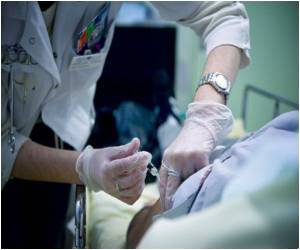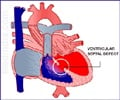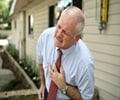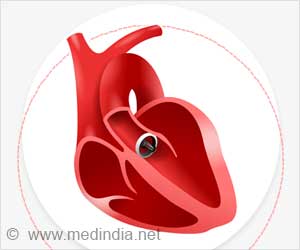New research has indicated that repairing small, seemingly benign holes in a child's heart may be more clinically important than previously thought

Ventricular septal defect is a congenital heart defect defined by one or more holes in the wall that separates the right and left ventricles of the heart. These defects can be large (nonrestrictive) or small (restrictive) and vary in severity depending on size. Medical management of large ventricular septal defects is straightforward in that the hole must be closed or the patient will develop severe, life-threatening complications including pulmonary hypertension and right ventricle failure.
Management of a restrictive ventricular septal defect (rVSD) is less clear.
"rVSD patients typically have normal blood circulation despite an obvious defect and hole in the ventricular wall," said Loren Wold, PhD, FAHA, principal investigator in the Center for Cardiovascular and Pulmonary Research at The Research Institute at Nationwide Children's Hospital and one of the study authors. "Clinically, these patients are usually observed with the hope that the defect will close over time without the need for surgical repair and without the development of heart failure or sudden death."
Because rVSD is often considered to be hemodynamically benign, meaning that blood flow appears normal, it is assumed that whole heart function is a reflection of conditions at the cellular and molecular levels. Therefore, few studies have investigated whether changes in the heart at the molecular and cellular levels precede future dysfunction in these patients.
"Without clearly defined evidence supporting optimal care, clinicians are unable to predict which rVSD patients have an increased risk of a poor outcome," said Mark Gerhardt, MD, PhD, associate professor of Anesthesiology at the Ohio State University Medical Center and one of the study authors.
Advertisement
"These data indicate that despite no overt dysfunction at the level of the whole heart, molecular remodeling and progressive diastolic dysfunction is nevertheless taking place," said Dr. Wold, also a faculty member at The Ohio State University College of Medicine.
Advertisement
The study also revealed upregulation of the cytoskeletal protein, desmin, in the wall of the right ventricle that precedes functional alterations.
"Desmin may represent a key early marker for future right ventricular dysfunction," said Dr. Wold. "Future research is warranted to determine if increased desmin is the cause or a reaction to diastolic dysfunction."
Findings from the study may lead to a fundamental change in the clinical management of rVSD by providing evidence for early repair of the defect.
Source-Eurekalert













